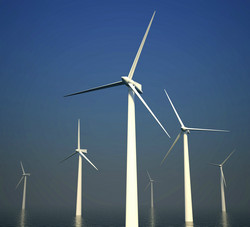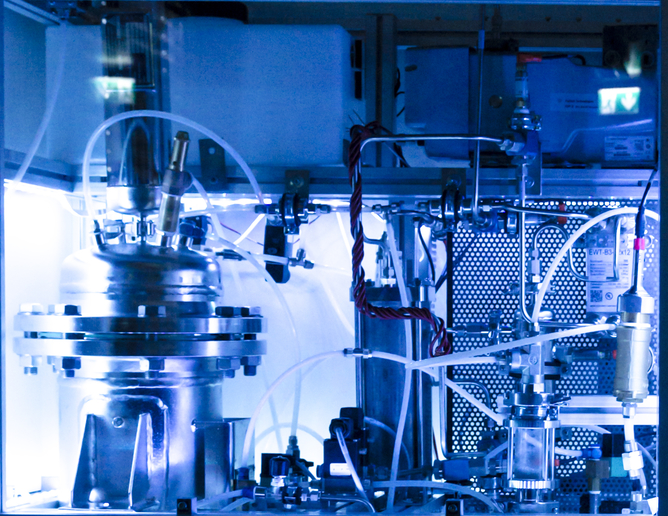Keeping offshore wind farms in top shape
The towers and blades of offshore wind farm equipment needs to be constantly monitored to ensure that any occurrence of faults can be early detected and repaired. This structural health monitoring requires exploring and integrating wide variety of materials knowledge, non-destructive testing and evaluation (NDT&E) techniques, skills and expertise. To encourage broader research in this field, the EU-funded HEMOW(opens in new window) (Health monitoring of offshore wind farms) initiative brought together complimentary knowledge and expertise from research groups in China, India and Europe. It supported exchange programmes focused on developing methods, models, systems, and information and communication technology (ICT) tools to evaluate and maintain offshore wind turbines non-destructively. Research projects, staff exchange visits, laboratory training, lectures and workshops resulted in over 100 publications, several patent applications and grant awards worth millions of Euros. In addition, HEMOW trained over 30 Masters and PhD students and research assistants. Innovative systems developed during the project have been transferred to several other universities, further strengthening HEMOW networks. Examples include, among others, early warning systems for faults and gear fatigue, and wireless sensor networks to monitor corrosion and diagnose generator faults. The key non-destructive monitoring techniques/studies developed include electromagnetic imaging to look for corrosion and fatigue in steel components, thermography and ultrasonic wave-based distributed imaging through structural health monitoring to detect damage to wind turbine blades. HEMOW collaborators also built advanced equipment to test for stress and fatigue of wind turbine gears and monitor performance of electronic switching devices. HEMOW’s technology and expertise will greatly boost offshore wind farm monitoring efforts and help to prevent catastrophic failure of these important renewable energy generating systems.







